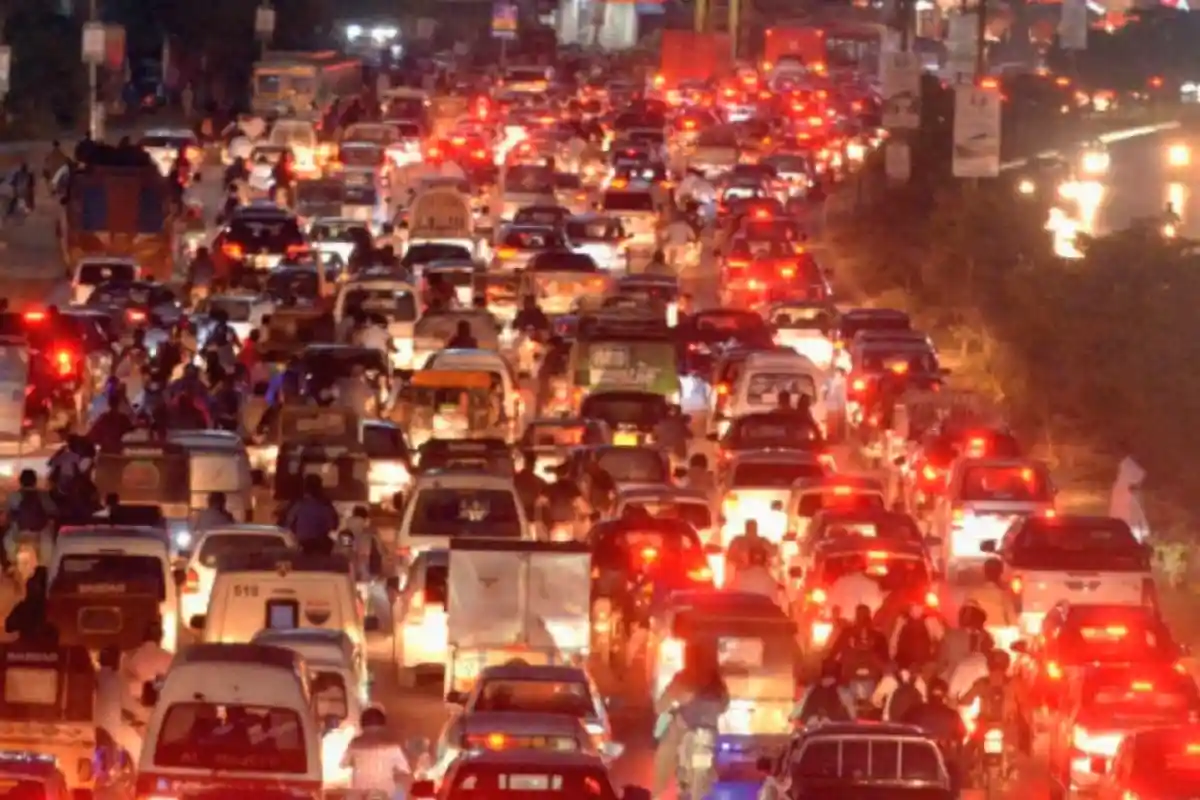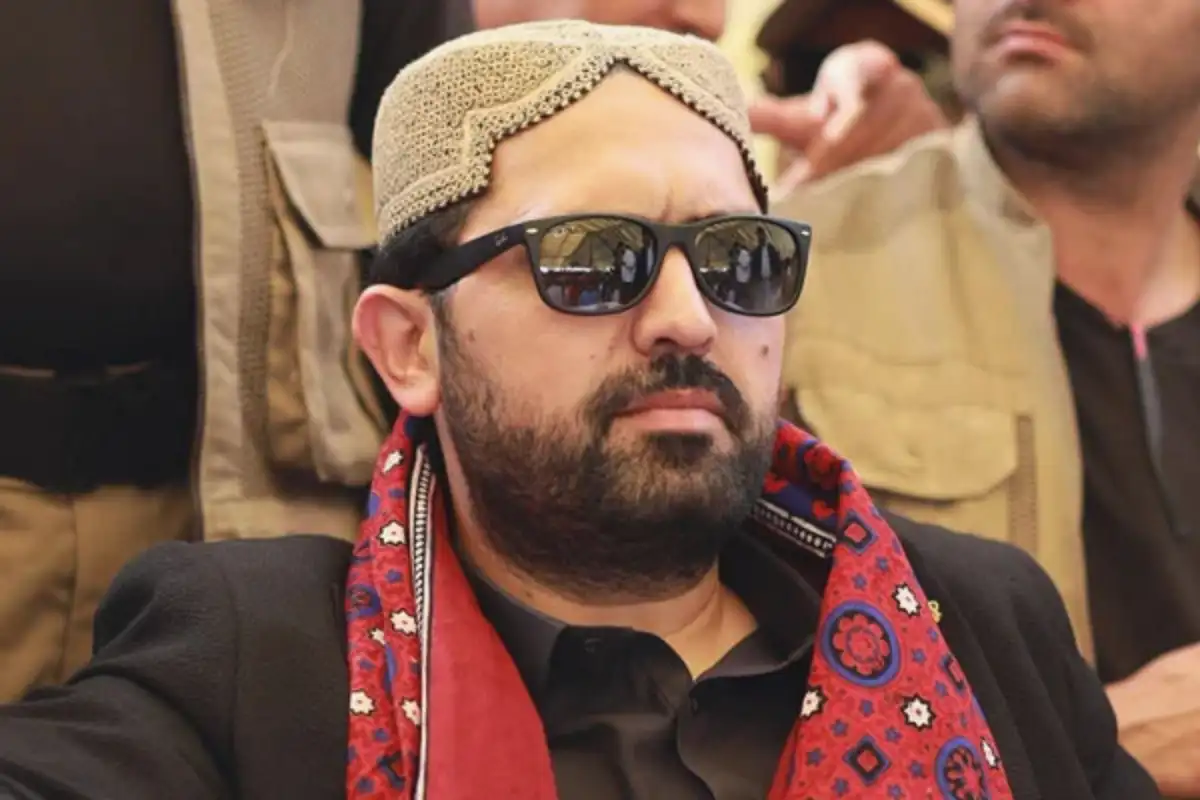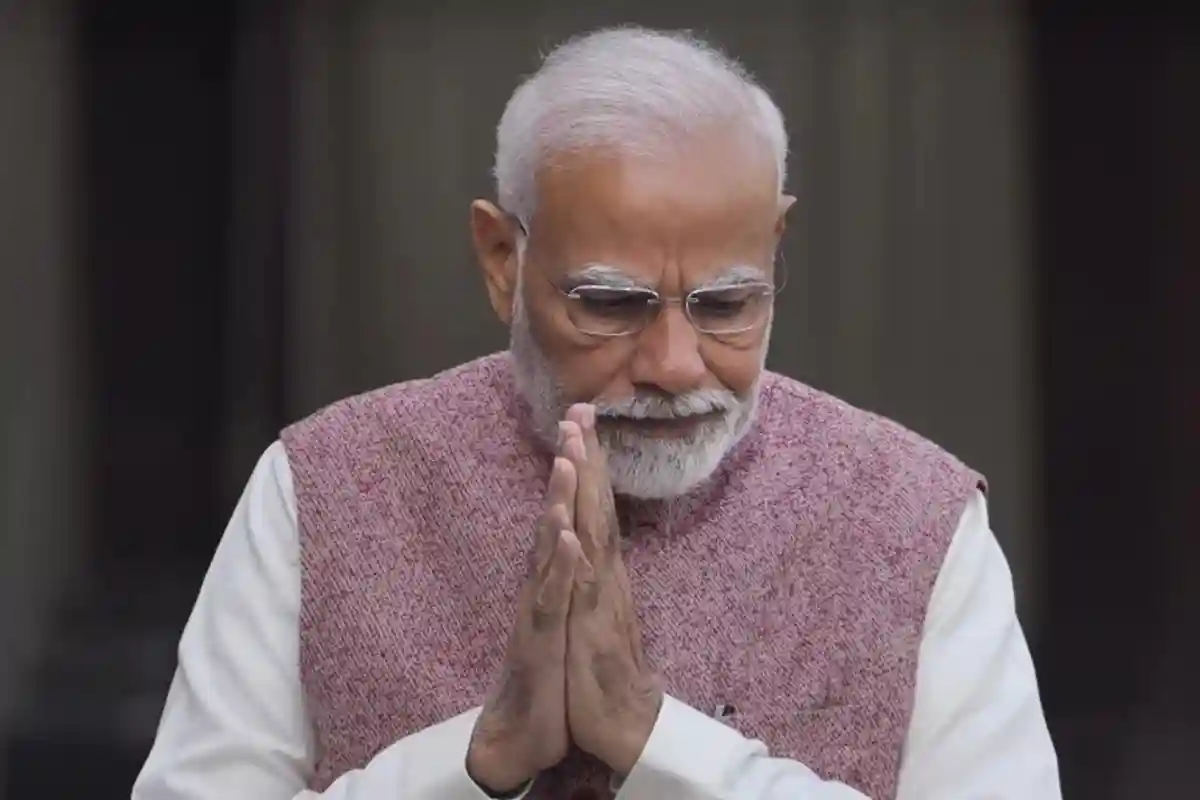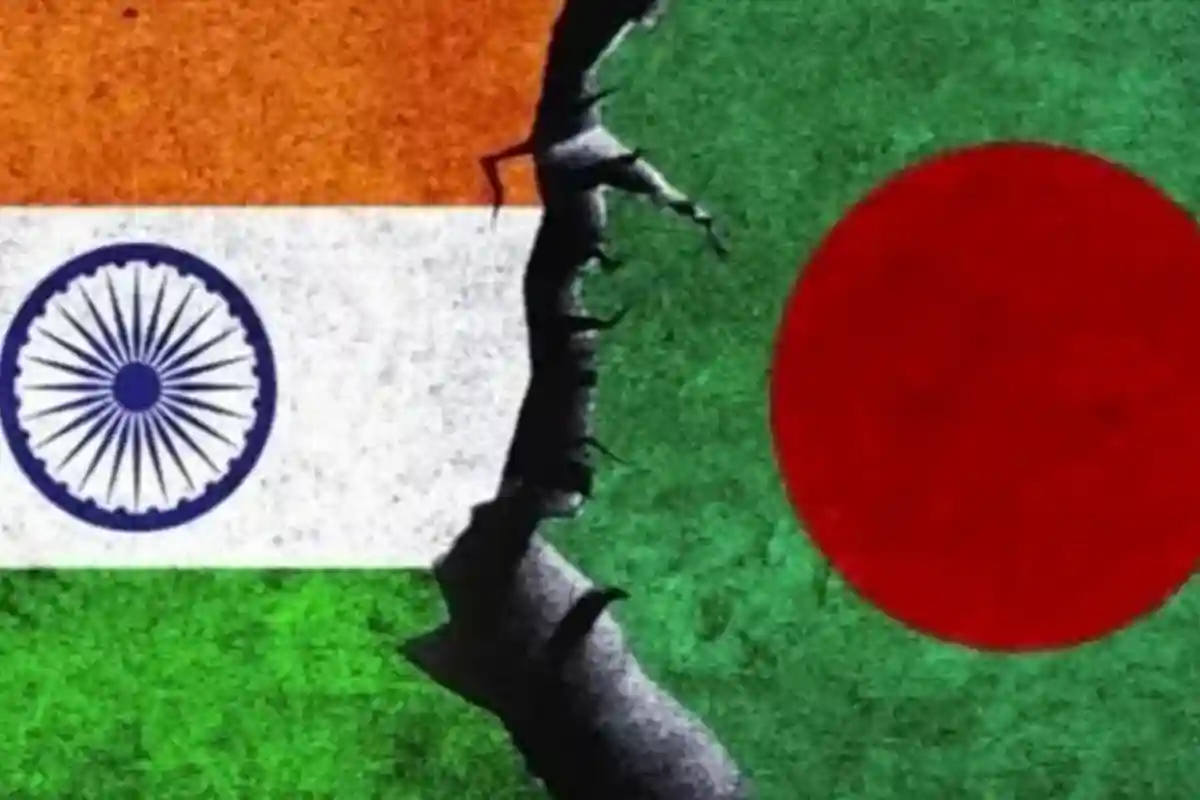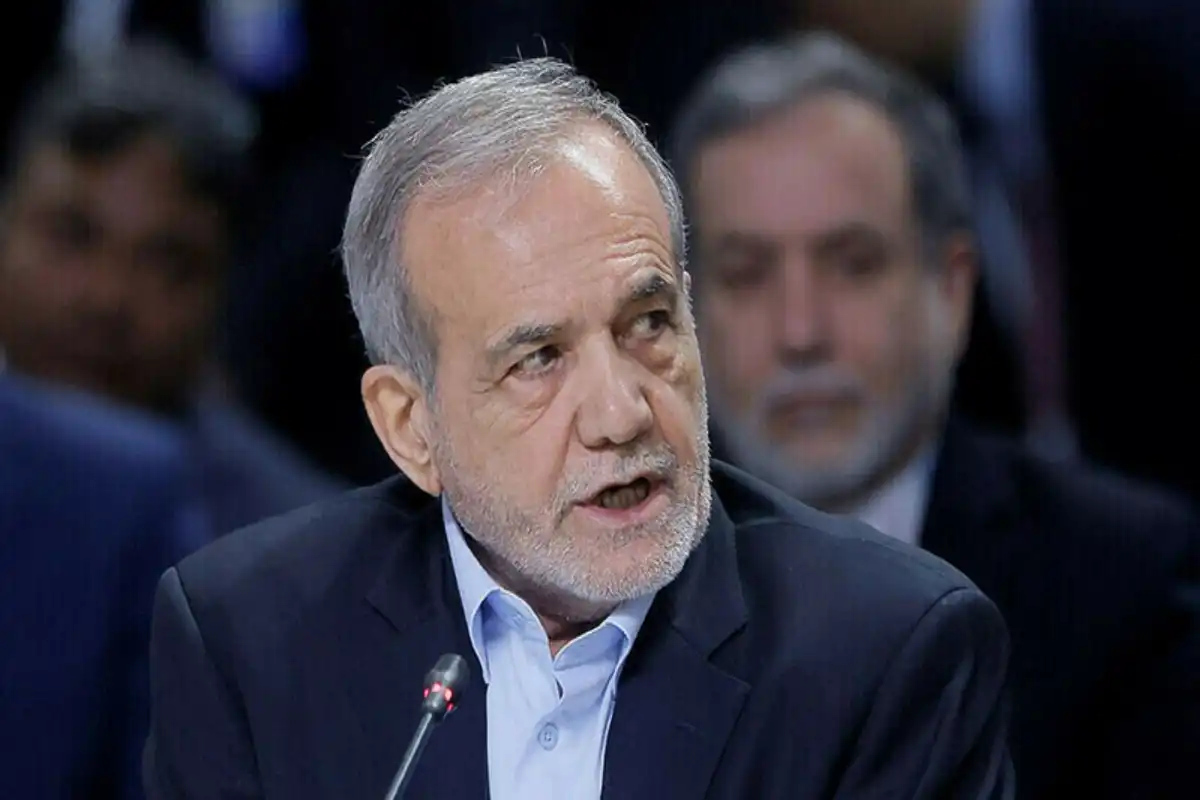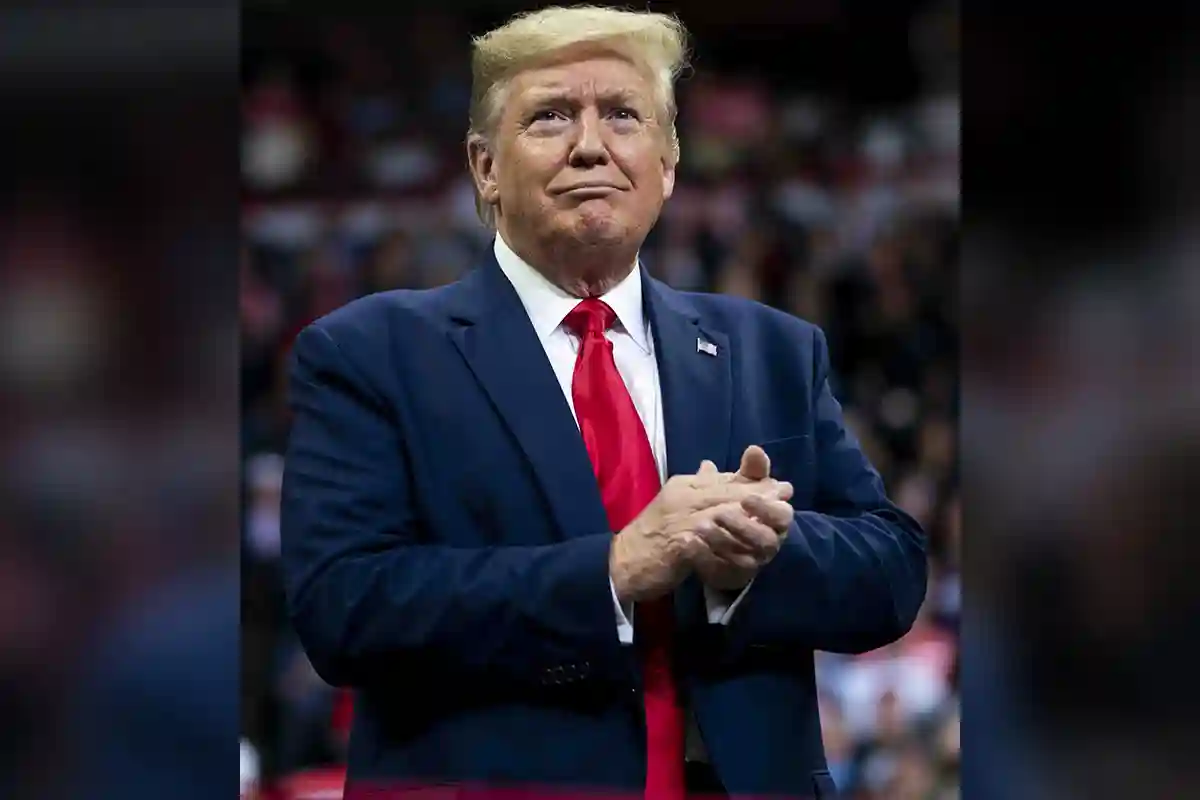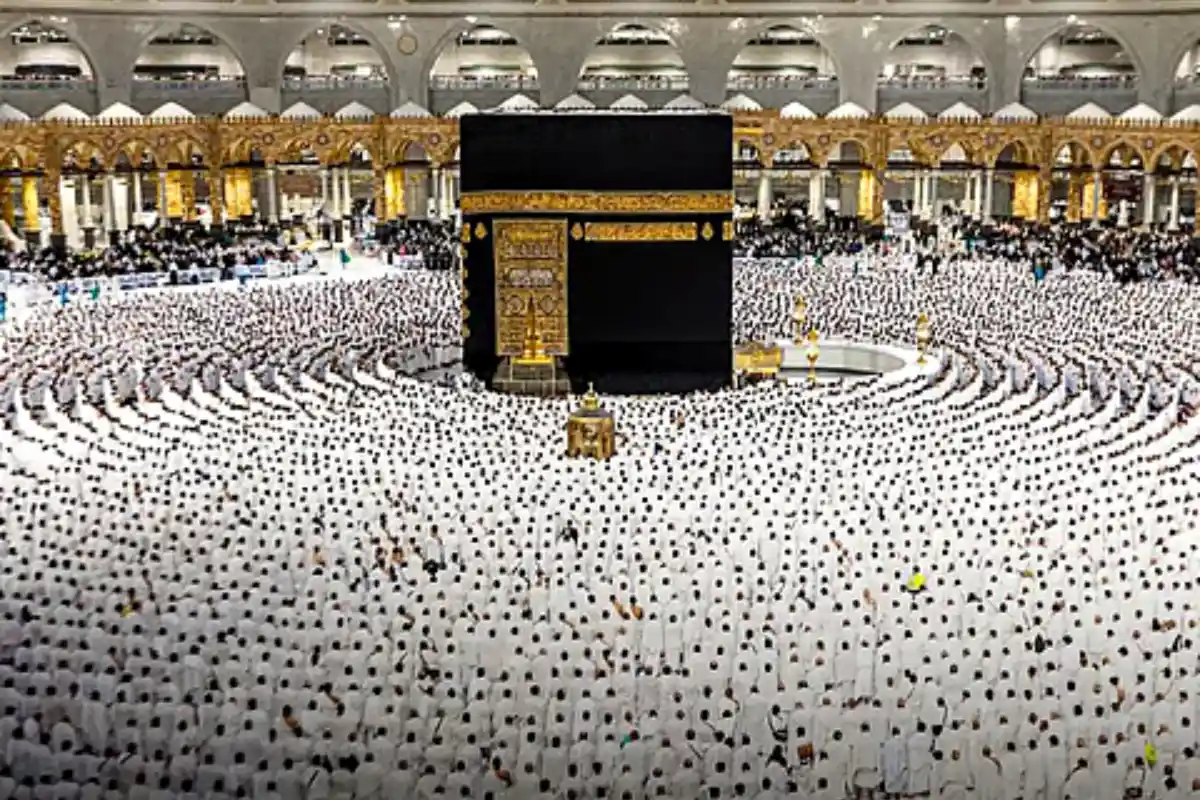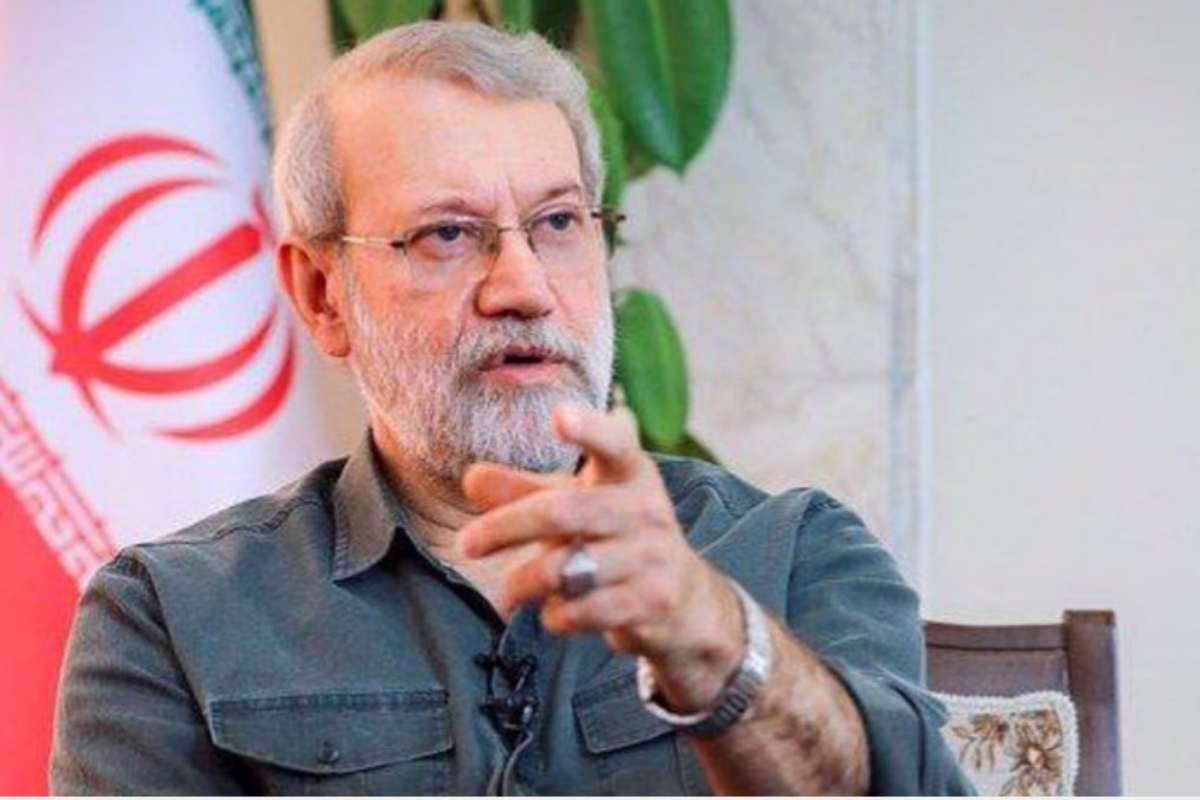Indian Nuclear Brinkmanship: A Rising Threat to South Asia and Global Peace
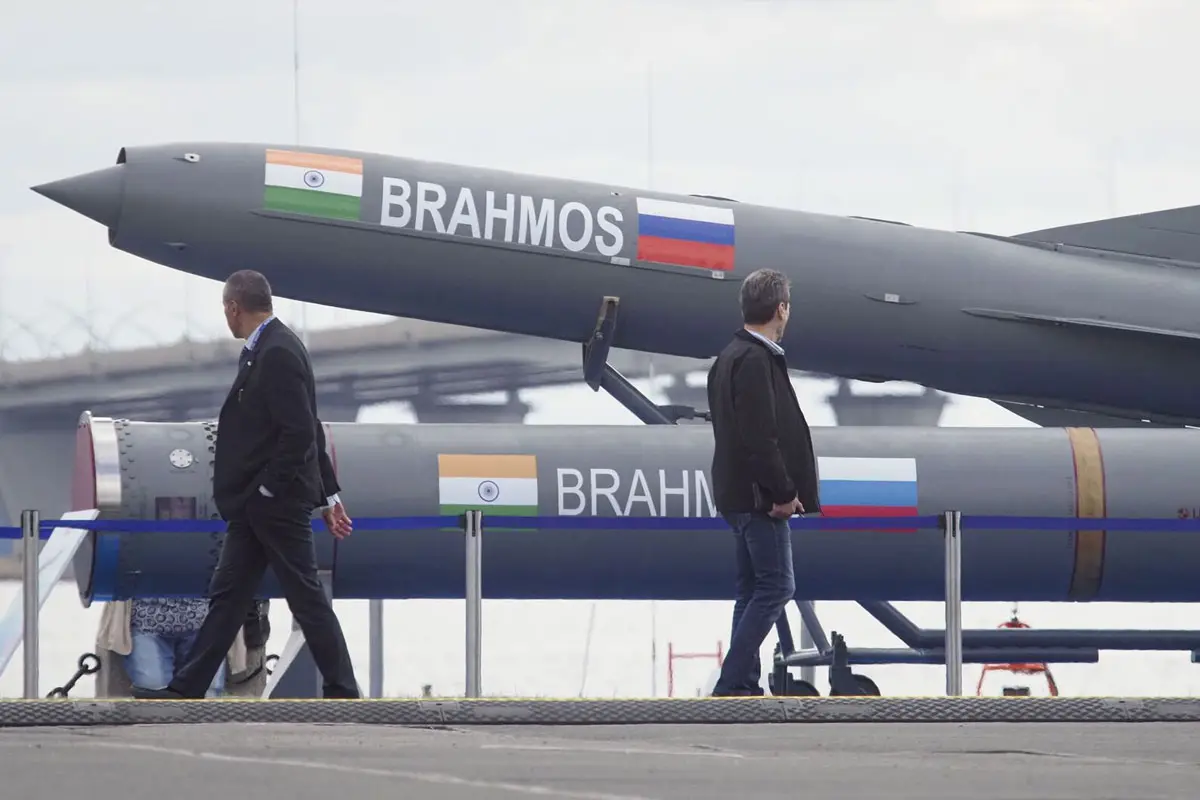
South Asia remains one of the most dangerous regions in the world due to the growing risk of nuclear conflict between India and Pakistan. The 2025 military crisis between the two nations has once again highlighted the fragile security environment and the consequences of reckless nuclear posturing.
While both India and Pakistan are nuclear-armed, their approaches are very different. Pakistan follows a doctrine of minimum credible deterrence, keeping its arsenal small and defensive. In contrast, India is increasingly adopting aggressive tactics, expanding its nuclear capabilities, and displaying signs of operational irresponsibility.
Pakistan’s nuclear program began as a reaction to India’s 1974 nuclear test, which was conducted using foreign-supplied civilian technology. This event broke international trust and pushed Pakistan to pursue nuclear weapons as a matter of national survival. Since then, Pakistan has kept its focus on deterrence, placing its civilian nuclear facilities under IAEA safeguards and developing safety systems modeled on global best practices.
India, on the other hand, has moved beyond regional deterrence. Despite officially endorsing a “No First Use” (NFU) policy, Indian leaders have made several statements that contradict it. India is now developing intercontinental ballistic missiles (ICBMs) like Agni-V and Agni-VI, capable of reaching far beyond South Asia. This signals a desire for global power projection rather than just regional defense.
According to SIPRI (2023), many of India’s nuclear facilities remain outside IAEA safeguards, raising concerns over the misuse of civilian materials for military purposes. India also refuses to commit to a Fissile Material Cut-off Treaty (FMCT), further weakening the global arms control regime.
The situation worsened in May 2025, following a terrorist attack in Pahalgam. India responded with Operation Sindoor, launching strikes deep inside Pakistan, including Azad Jammu and Kashmir, using weapons like BrahMos and SCALP missiles, some of which are nuclear-capable.
Pakistan’s response, Operation Bunyan-un-Marsoos, targeted 26 Indian military bases. This confrontation brought both nations dangerously close to nuclear war. The use of dual-use systems (missiles that can carry both nuclear and conventional warheads) blurred the lines between traditional and nuclear warfare, creating massive risks of miscalculation.
India’s recent behavior isn’t new. In March 2022, a BrahMos missile accidentally landed in Pakistani territory due to a technical error. No accountability followed. In 2021, Indian police arrested individuals trying to sell stolen uranium, exposing serious security flaws.
Adding to the problem is the warlike rhetoric from Indian leadership. In 2019 and again in 2025, Prime Minister Narendra Modi made bold nuclear threats against Pakistan. Such irresponsible statements damage India’s international image and raise fears about its willingness to use nuclear threats for political purposes.
Pakistan, despite being the target of Indian aggression, responded with conventional military actions and diplomatic outreach. It avoided nuclear escalation, maintained control over its command systems, and briefed international stakeholders throughout the crisis. This behavior highlights Pakistan’s commitment to regional stability.
To prevent another crisis, several steps must be taken:
India should allow IAEA inspections of all civilian nuclear sites.
Both countries must create formal crisis communication channels, such as hotlines and early-warning systems.
Nuclear-capable weapons must not be used in regular military operations.
India should publicly reaffirm its No First Use policy.
The international community, especially the U.S., must push for long-term dialogue and arms control agreements.
While President Trump’s interventions in 2019 and 2025 helped de-escalate tensions, temporary diplomacy is not enough. A lasting peace can only come through consistent international pressure and mutual trust-building.
Catch all the World News, Breaking News Event and Trending News Updates on GTV News
Join Our Whatsapp Channel GTV Whatsapp Official Channel to get the Daily News Update & Follow us on Google News.


